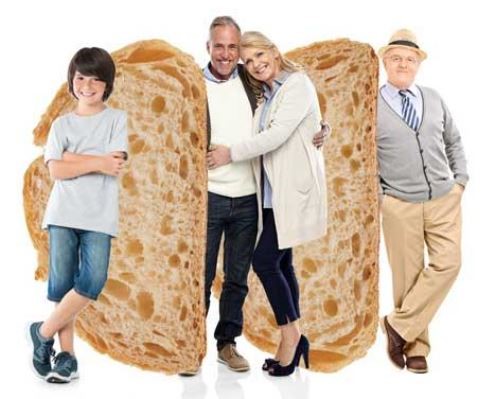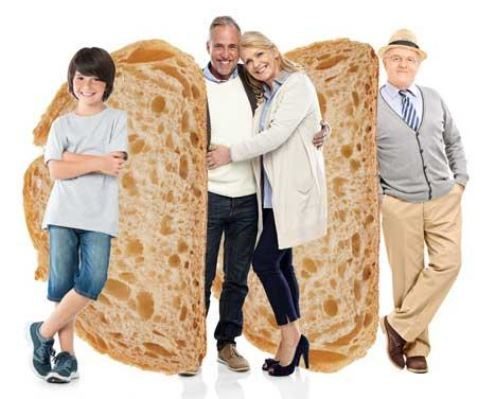By Alain Valles, CRMP, CSA, MS, MBA
I’m not talking about older peoples’ eating habits but the harsh reality of balancing the financial, physical, and emotional support of three generations.
Two Types of Generational Sandwiches
Young-Middle-Old: The typical generational sandwich is the middle-aged person struggling to financially support their children (often grown adults) AND aging parents. This is also often called the squeeze generation. Out of devotion and duty, the 45-60 year old middle-aged person is caring for their parent(s) financially or in the role of an unpaid caregiver. And, at the same time, stressed trying to give support to their children, often in their 20’s and even 30’s. Studies show that the person in the middle is at a much higher risk of health, emotional, and financial stress. And, deferring their own financial planning will continue the cycle on to the next generation.
Though counterintuitive, higher income and net worth families are at an even greater financial risk. One opinion is because they have not had to say over the years “no, we can’t afford that.” And now that a parent has health issues and an adult child is not living within their means, the person in the middle faces the stark financial reality of what my father-in-law would say – “the waiter will eventually bring the bill.” Something must proactively be done to keep the family in balance.
Young-Old-Middle: A growing trend is where aging parents are caring both financially and physically for their grandchildren. In this case, the older person is in the middle caring for the younger generation. This may be due to a single parent situation, military duty, work demands or being unemployed, health situations, and sadly addiction or legal challenges. The older person may still be working which only compounds the emotional and financial stress of keeping everything in equilibrium. My experience is even though the stock market is roaring it is just plain hard for the typical family to keep it all together.
Older People Don’t Want to be a Financial Burden
Every study shows that older people do not want to be a financial burden on their adult children. Older people desire to remain financially independent and will sacrifice their quality of life to achieve this goal. That might include not being able to pay for needed medical care and medicines, maintaining their homes, or incurring increasing credit card balances to cover bills. Too many times we hear – “Don’t worry about me, I’ll be ok” and know in our hearts that is not true.
The older person is not alone in these thoughts. Adult children don’t want to admit to their aging parents that finances are tight. They will postpone funding their retirements plans to provide for their parents’ needs. Adult children will incur more debt to fund their children’s education and other needs. This all can become a viscous cycle.
It’s Hard Out There – Reverse Mortgage Possible Solution
For fortunate homeowners 62 years old or older, a reverse mortgage may be the optimum solution to minimizing or eliminating the financial squeeze of the generational sandwiches. When used properly, a reverse mortgage gives the options of receiving immediate tax-free cash, a monthly check for life, and/or a line of credit to be used if ever needed. Each of these options provides that no monthly mortgage payment is required thereby increasing monthly cash flow. Of course, real estate taxes and insurance must be paid and abide by other loan guidelines.
The biggest challenge I find is not the mechanics or math of a reverse mortgage but rather facing the emotional challenge to acknowledge and address that the current financial situation is untenable and can very well destroy the caring and love that every family desire.
And that is way we are here. Helping Hands Community Partners is an approved 501(c)(3) self-funded nonprofit company with the mission to educate people about senior housing options and, when appropriate, we can arrange reverse mortgages for qualified individuals.

Get accurate information
A great place to get reverse mortgage information is the free “How to Use Your Home to Stay at Home” 36-page book. This is the official reverse mortgage consumer booklet approved by the U.S. Department of Housing & Urban Development and published by the National Council on Aging. We’re happy to mail it to you.

